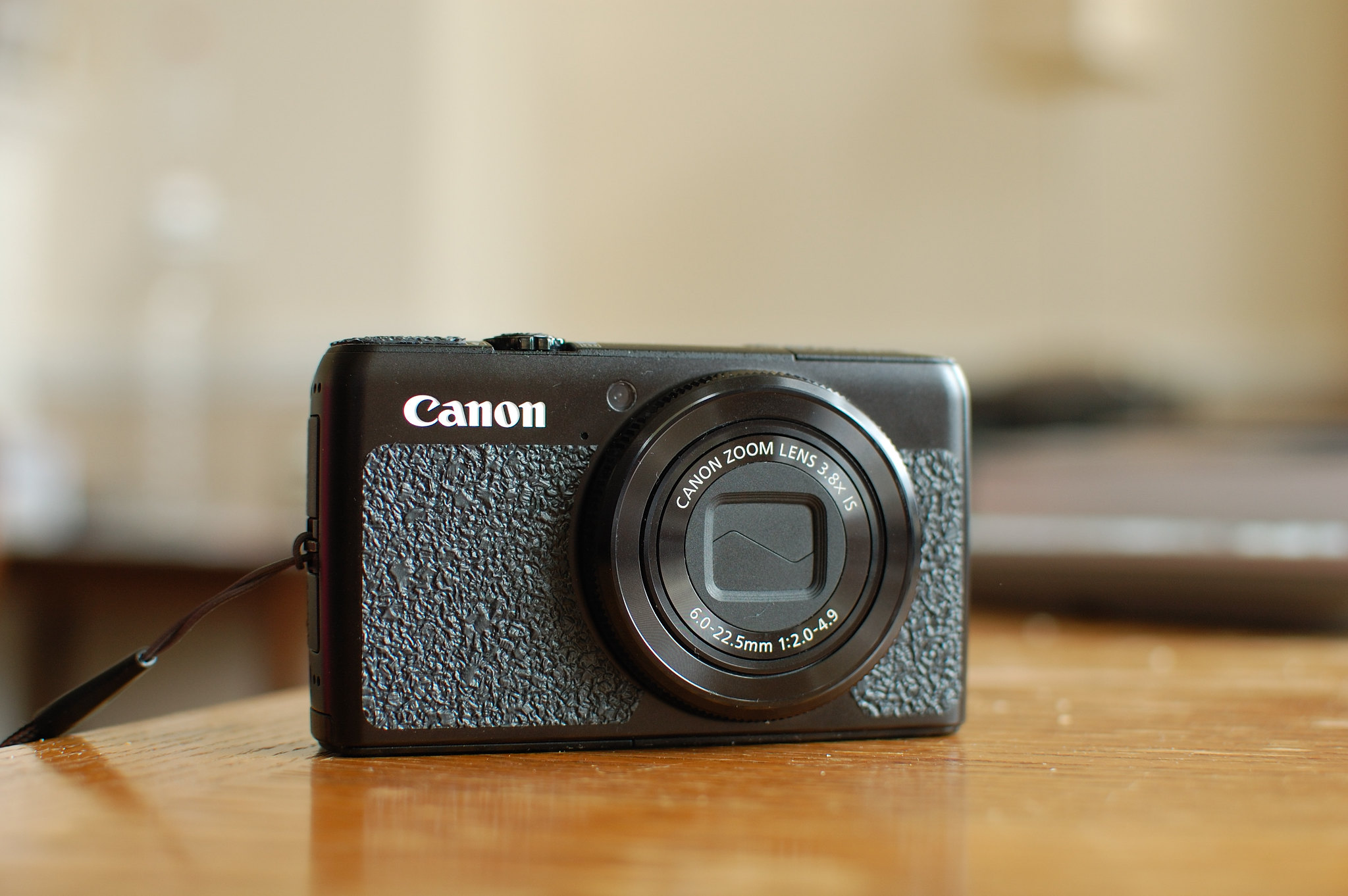
In 2009, Canon launched a camera that started to change what the public thought of point-and-shoot cameras. It was called the Canon S90 — it was fantastic in so many ways. I wrote about it before starting the Phoblographer for Photography Bay, and it was the first time that a camera this special had been announced. The S90 had a large sensor for a fixed lens digital camera, an f2 aperture, a zoom lens, and a ring around the lens to mimic the feeling of a lens aperture. This little camera changed everything — and most people reporting on cameras these days don’t understand how significant it was.
Lead image by Andrew Sales on Flickr. Used with attribution permissions.
Without the Canon S90, so many other cameras wouldn’t have been possible. In 2011, photographer Eric Kim reviewed the original Ricoh GR III for the Phoblographer. A few months later, the GR4D came out; so too did the GXR with Leica M Mount module. Then things really started to change. We got the first Fujifilm X100 series camera, the Sony RX100 series, the Sony RX1 series, Canon’s G1x Mk III, and so many others. Truly, the world of serious compact cameras was started by this little camera called the Canon S90.
Eventually, manufacturers made smaller interchangeable lens cameras. It started with Micro Four Thirds mirrorless cameras such as the Olympus EP1 and Panasonic GF1. Shortly afterward, APS-C and full-frame cameras started to become just as compact. At the same time, smartphone technology and processors just became that much better. This is when manufacturers believed that the compact camera market was dead. Some manufacturers still think this — but Fujifilm, Ricoh, and Leica still persevere with making large sensor compact cameras. Their efforts vary, of course. But they should be praised for supporting a camera category.
So why report on this? I believe it’s important for us to realize that just like the love of early digital cameras, this whole era will eventually become recognized by young photographers again. And perhaps some of us should give those older cameras a try again. Technology in new cameras has made the art of photography so easy. So, what happens when you have to actually apply old-school shooting techniques? Can you, as a photographer, still do it?
Everything that is old always becomes new again. Maybe it will be time that brands start to reintroduce more compact cameras. Perhaps they’ll be more targeted at creators than photographers the way that Sony and Fujifilm do. Hopefully, some of them will be more targeted at photographers, like Ricoh and Leica do.






